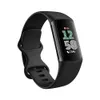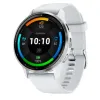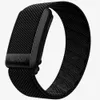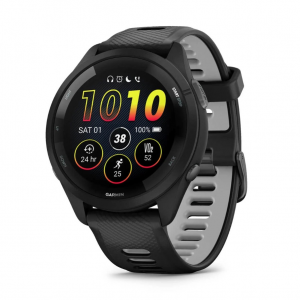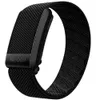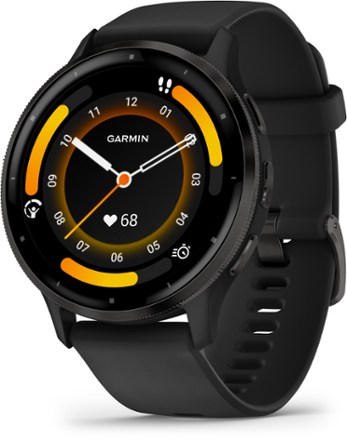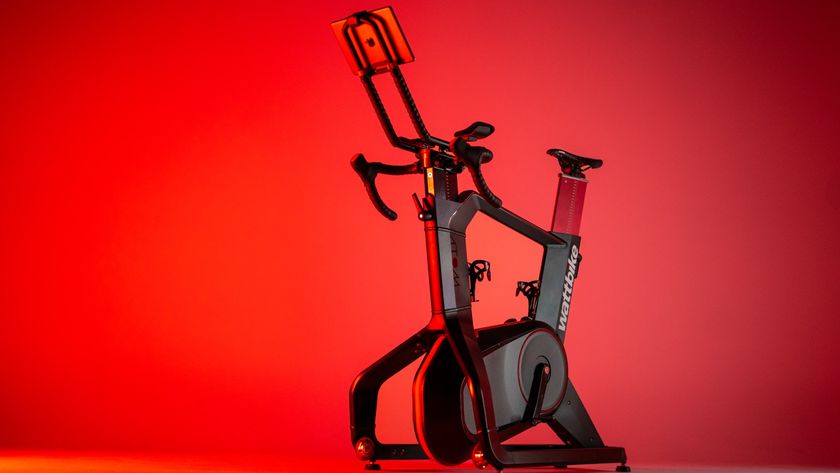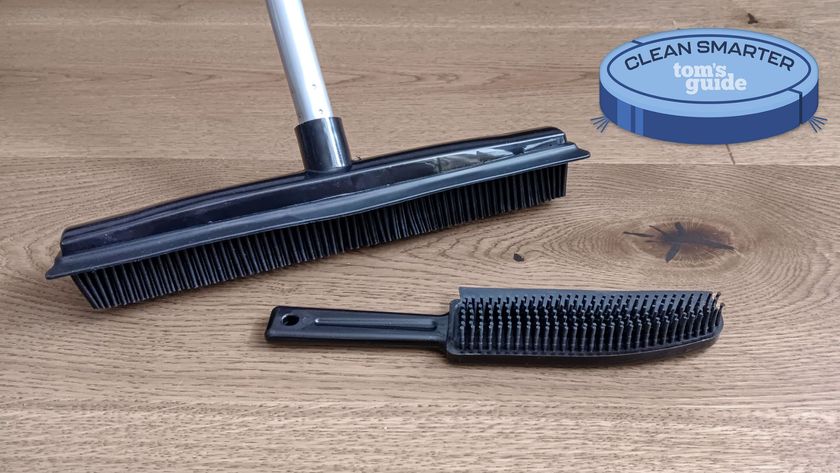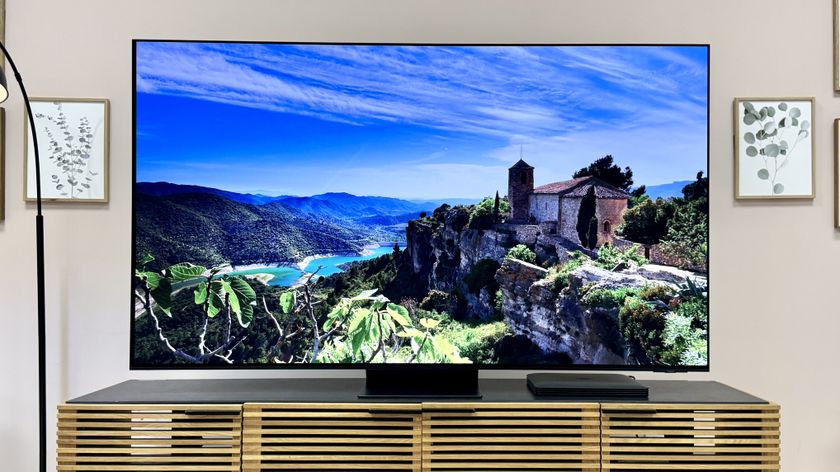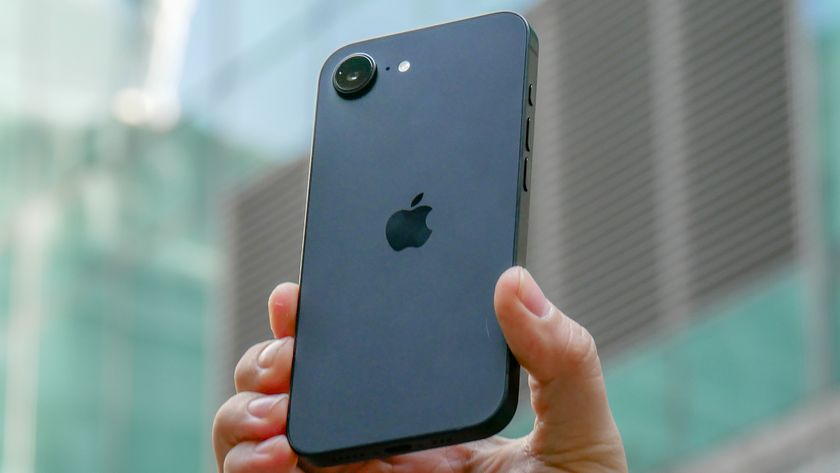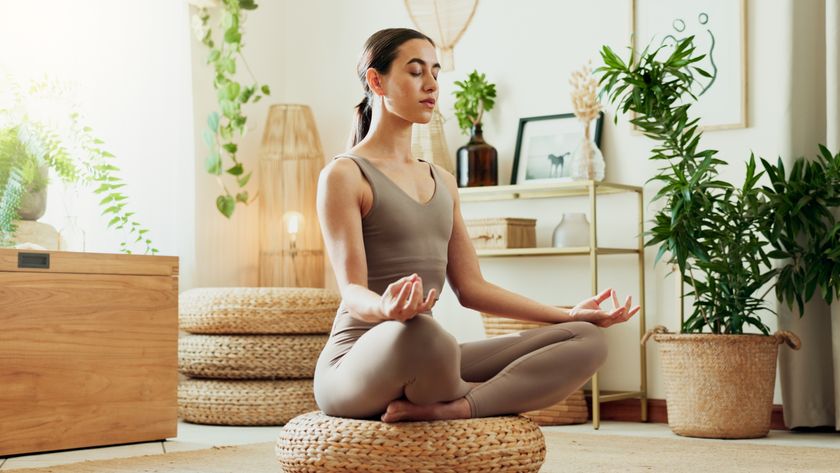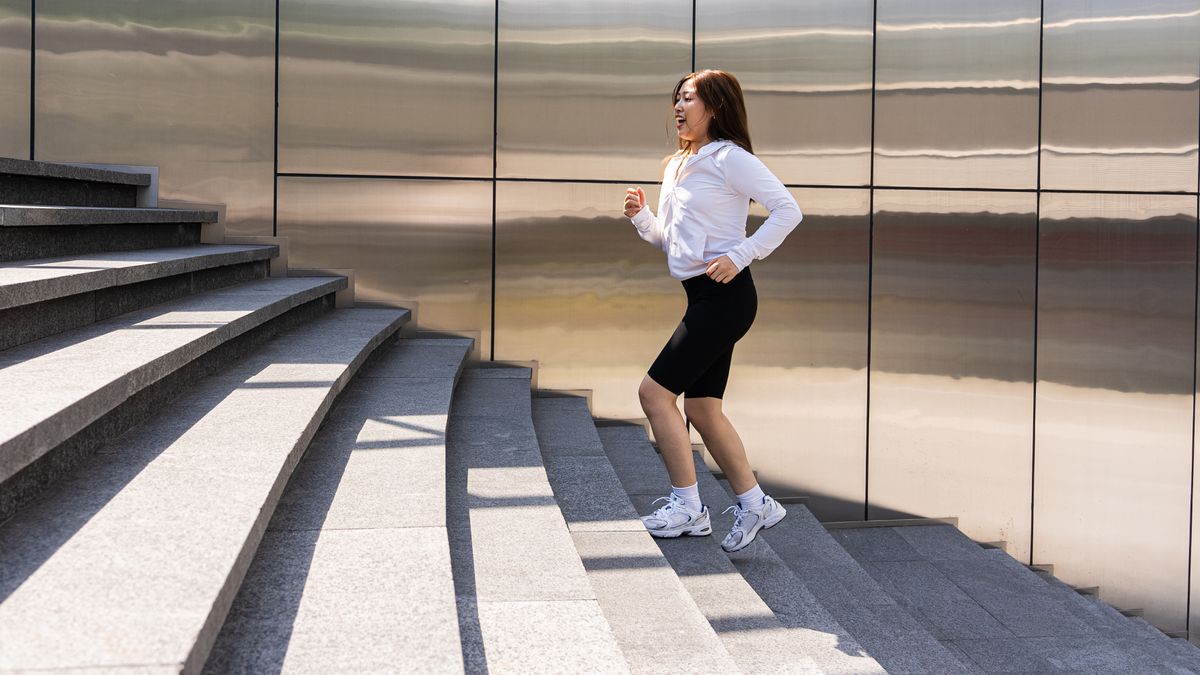
There’s a type of non-negotiable exercise that sits at the forefront of every fitness fanatic’s workout routine, and I’m not talking about squats.
It’s simple for many people, beginner-friendly and can be done daily with or without weights. Plus, it even helps build mental strength along with your physical strength.
I’m talking about walking.
We do it without even thinking about it, yet walking is the most accessible exercise to increase your step count and get you outdoors. And it’s not just about the quality of your walk, either; we now know regular movement upward of just 7,000 steps daily can improve components of fitness like cardiovascular health while providing anti-aging benefits.
But here are a few benefits of walking that you might not already know, and you don’t need the best treadmills in town to access them.
Is 30 minutes of walking a day enough?
Recently, I read an interesting article by my colleague James Frew, who revealed that researchers say this is way more important than 10,000 steps: pace.
Researchers at the University of Massachusetts reviewed previous studies on the topic, with published results featuring in the British Journal of Sports Medicine.
They found a pace of 100 steps per minute could be classified as “moderate-intensity,” meaning an increase in speed could help you hit the recommended weekly target for exercise, which currently sits at a minimum of 150 minutes of moderate-intensity movement per week.
We now know through developments in research that 7,000 steps per day is enough and elicits very similar results to 10,000. But is 30 minutes of walking enough?
How long you walk to hit your step goal entirely depends on your pace. For reference, 5km equates to 3.1 miles, so unless you’re power walking, a 5K walk could take roughly 45 to 60 minutes. A relaxed walk could take longer.
Here’s what 30 minutes of walking per day can do for your body versus 30 minutes of power walking per day.
What does walking do to your body?

Before we get into the physical benefits of walking, let’s talk about how mindful walks can improve mental and emotional wellbeing. There’s a reason so many of us choose to strap on various wearables, plug in headphones and go for a stroll — this simple practice can promote calmness, boost creativity and relieve feelings of stress and anxiety.
As a trainer and journalist, I spend a lot of my time either desk writing, training, or training others. During a busy week, taking time out to walk my dog is a vital activity for helping me slow down and take reflection.
During a busy week, taking time out to walk my dog is a vital activity for helping me slow down and take reflection.
Did you know that the research shows time in nature can boost creativity and wellbeing? If you can manage it, even a short walk, taken regularly, could provide benefits. It’s also a fantastic form of meditation, known as mindfulness.
However, if you like your walks to become a more physical activity, a walking workout or even walking yoga could help you achieve fitness goals, from improving mobility and flexibility to building stronger bones, muscles and joints.
While walking doesn’t build the type of strength and muscle that lifting heavy weights might, there are types of walking that can strengthen your body by offering more resistance, like hiking and uphill walking or walking with weights.
Plus, like weightlifting, walking acts as a powerful anti-aging weapon via osteogenic loading or bone loading. Using your bodyweight or external loads, weight-bearing movements can help load and strengthen your bones.
Does metabolism increase after walking?

There's a bit of a craze taking place over at TikTok right now (shocker) called 30-30-30. The method, popularized by Tim Ferriss and Gary Brecka, recommends eating 30 grams of protein within 30 minutes of waking along with 30 minutes of steady-state cardio.
It's hardly ground breaking, and we know there are health benefits to eating a high protein diet and exercising in the morning. However, like all trends, hardcore followers tend to tout miraculous results. While the approach does promote a healthier, maintainable lifestyle that can support fat loss, the outcome will vary for everyone.
In other words, there's no such thing as a unicorn.
In general, the more movement you can fit into your daily or weekly schedule, the bigger the boost to your metabolism and the better for your health. That said, we don’t start on equal playing fields when it comes to metabolism speed; factors like medical conditions, lifestyle and genetics play into your natural ability to lose weight before you consider diet and exercise.
Energy expenditure unrelated to your workouts, eating, or sleeping is known as NEAT — Non-Exercise Activity Thermogenesis. Think of your body as a car and movement as the fuel you need for your engine to stay healthy. Any movement you can clock up will help you burn energy, maintain a healthy metabolism and prevent muscle and bone mass atrophy as you age.
Walking is also low-impact and can be done anywhere, making it an efficient way to improve fat loss alongside diet and resistance training. Trust me when I say, every fitness fanatic I know prioritizes walking in their routine.
More from Tom’s Guide
- Is walking backward good for you? We asked an expert
- Forget the treadmill — boost your metabolism and chalk up 5,000 steps in 30 minutes with this indoor walking workout
- Forget crunches — a personal trainer recommends these 5 standing ab exercises to strengthen your core
Sign up to get the BEST of Tom's Guide direct to your inbox.
Get instant access to breaking news, the hottest reviews, great deals and helpful tips.

Sam Hopes is a level 3 qualified trainer, level 2 reiki practitioner and senior fitness writer at Tom's Guide. She is also currently undertaking her Yoga For Athletes training course. Sam has written for various fitness brands and websites over the years and has experience across brands at Future such as Live Science, Fit&Well, Coach, and T3.
Having worked with fitness studios like F45 and Virgin Active, Sam now primarily teaches outdoor bootcamps, bodyweight, calisthenics and kettlebells. She also coaches mobility and stretching-focused classes several times a week and believes that true strength comes from a holistic approach to training your body.
Sam has completed two mixed doubles Hyrox competitions in London and the Netherlands and finished her first doubles attempt in 1:11.
You must confirm your public display name before commenting
Please logout and then login again, you will then be prompted to enter your display name.
